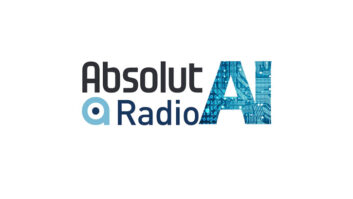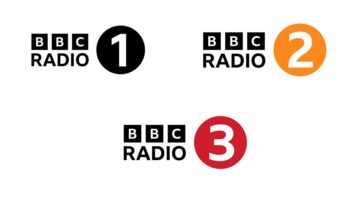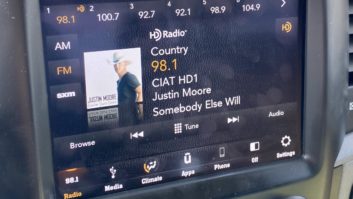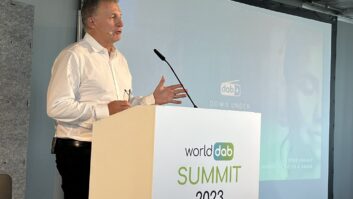Digital radio launched
Dec 1, 2002 12:00 PM, By Harry Martin
In October the Commission announced procedures that allow AM and FMstations to immediately begin interim IBOC digital transmissions on avoluntary basis.
The IBOC system, adopted by a unanimous Commission, is now availablefor full-time FM and AM daytime use. Nighttime AM use will be approvedonly after interference problems are resolved. According to Ibiquity,AM nighttime interference problems are likely to be resolved nextyear.
The Commission has not set a timetable for a complete transition todigital radio. But the new IBOC technology allows radio stations totransmit the same program in analog and digital modes within theirexisting spectrum. Proponents of the new technology say it will improvesound quality, offer more robust signals and provide potential for newauxiliary services, such as data transmission and audio-on-demand. Itis also expected to provide solid competition to satellite radio.
Just as important, the transition to digital will not be subject tothe paralysis that has characterized the transition to DTV. Fraughtwith delay and met with a lukewarm reception from a viewing publicunwilling to buy costly new sets, DTV has faced an uphill battle. Whereconsumers are currently asked to pay thousands of dollars for digitaltelevision receivers, it is expected that radio equipment capable ofreceiving digital IBOC transmissions will cost about $100 more than theequivalent analog equipment now on the market.
There is some potential difficulty with IBOC technology. Low-powerFM stations fear interference. Some receivers used for radio readingservices for the blind may also be impacted. IBOC licensing and servicerules have not yet been adopted. Because Ibiquity is the only IBOCvendor, stations that wish to use IBOC technology will have no choicebut to make arrangements with Ibiquity. When it adopted the IBOC item,the Commission announced that these and other IBOC issues will be dealtwith in a future rulemaking.
IBOC broadcasts are expected to begin before the end of the year inNew York City, Chicago, Los Angeles, San Francisco, Seattle and Miami.The average IBOC conversion cost per station is estimated at $75,000,and may vary depending on the quality of the station’s infrastructure.While $75,000 may be a substantial expense for many stations, it ischeap compared to the $1 million-plus in costs associated with theconversion to DTV.
Recent enforcement actions
The FCC recently announced that in the past fiscal year (Oct. 1,2001 to Sept. 30, 2002) the agency fined companies more than $28million. The chief of the FCC’s enforcement team claimed that theagency’s enforcement actions are aimed at benefiting consumers, butthat did not stop the chief from proudly announcing the multi-milliondollar fine total. Some recent fines include:
- $105,000 for tower violations � The FCC collected $105,000from a North Carolina company for failing to properly paint, light andmark several towers. Although the original forfeiture notice cited allof the company’s towers, the company won a $6,000 reduction by showingthat one of its towers was exempt from painting and lightingrequirements.
- $15,000 for tower violations � An FCC agent recently visitedan AM station on three consecutive days and ended up fining the station$15,000. On day one, the agent observed the towers of the station andnoted that they were neither properly illuminated nor marked with theFCC-issued Antenna Registration Number. On day two, the agent droppedby the station to advise the licensee of the violations, but was toldthat the tower was less than 200 feet high and, therefore, exempt frommarking and lighting requirements. On day three the agent returned,measured the tower and determined that it was 230 feet high. Soonthereafter the station received notice of a $15,000 fine.
- $21,500 fine reduced by $10,000 � An FM station that initiallywas fined $21,500, had its fine reduced by nearly half when it provedthat it did indeed have a public inspection file. Although the FCCnoted that the file was not provided to its agent when the station wasinspected, further evidence convinced the FCC that the fileexisted.
Martin is an attorney with Fletcher, Heald & Hildreth, PLC.,Arlington, VA. E-mail[email protected].
Dateline:
Jan. 10 is the deadline for placing fourth quarter issues andprograms lists in the public file. No longer required in the publicfile: granted applications (except contour maps or information showingmain studio and transmitter location, or applications granted pursuantto a rule waiver).












